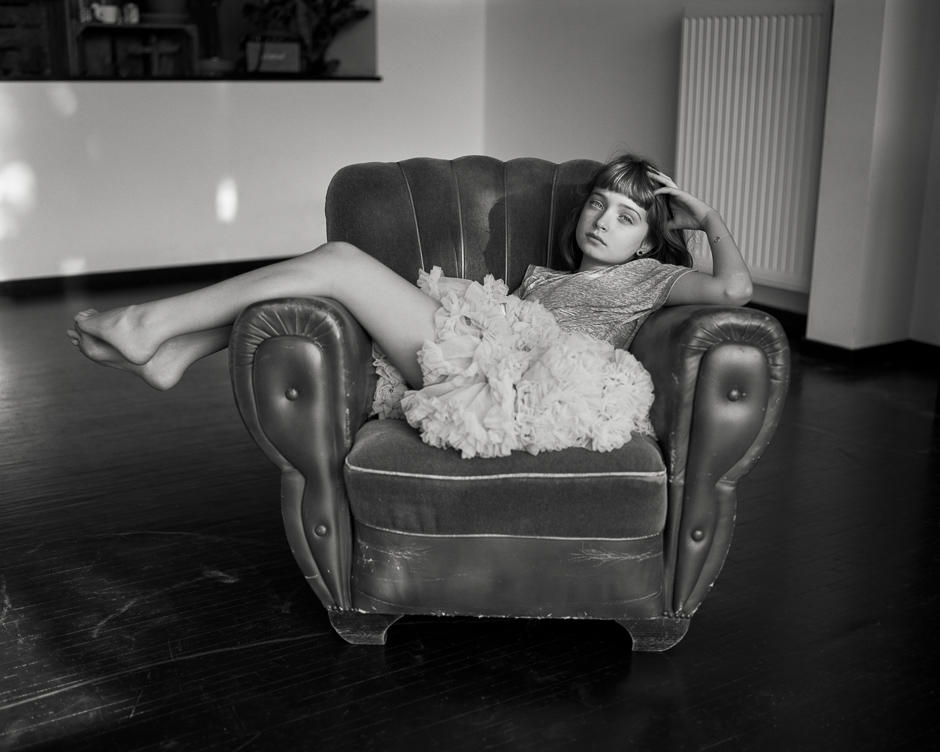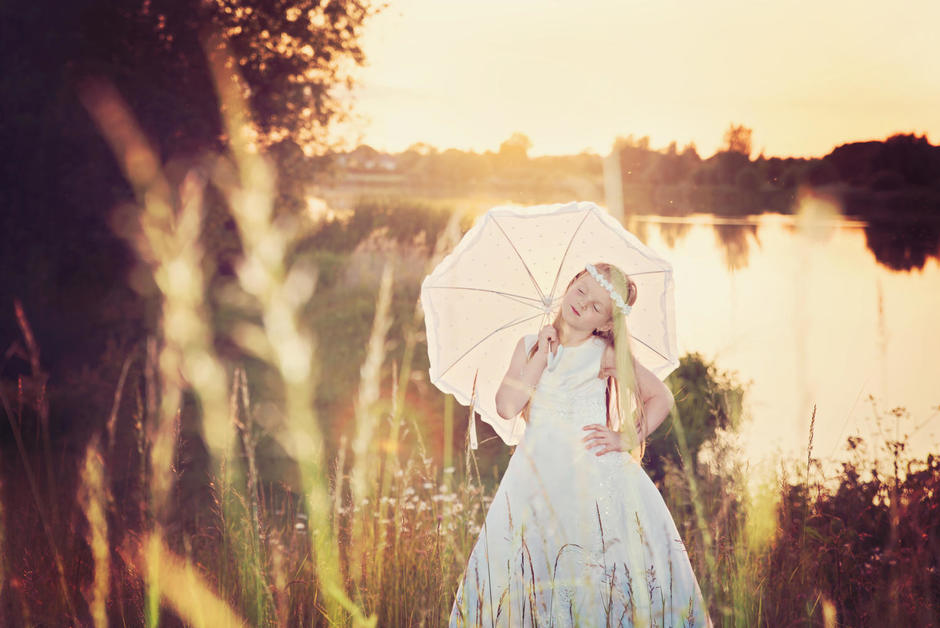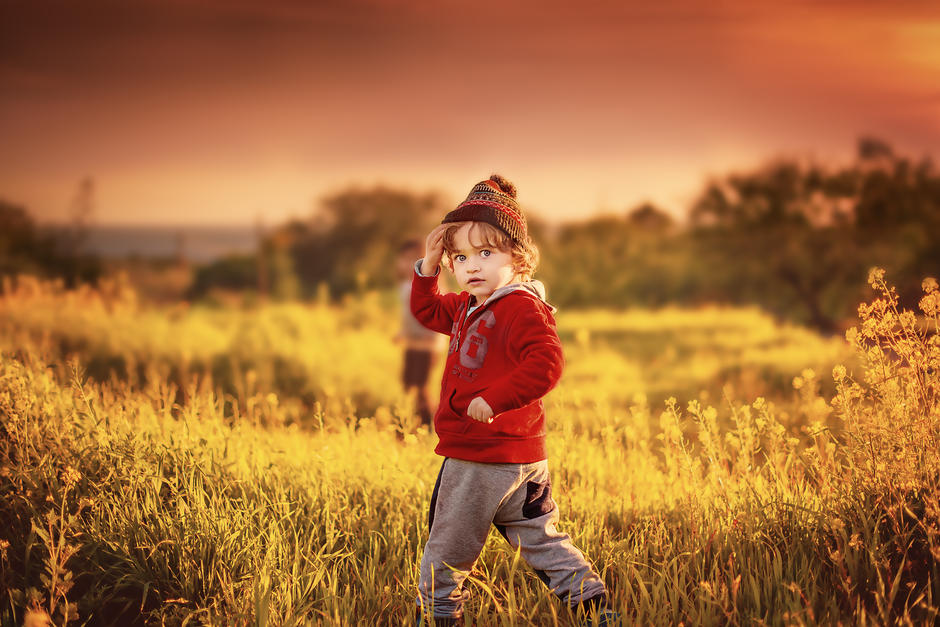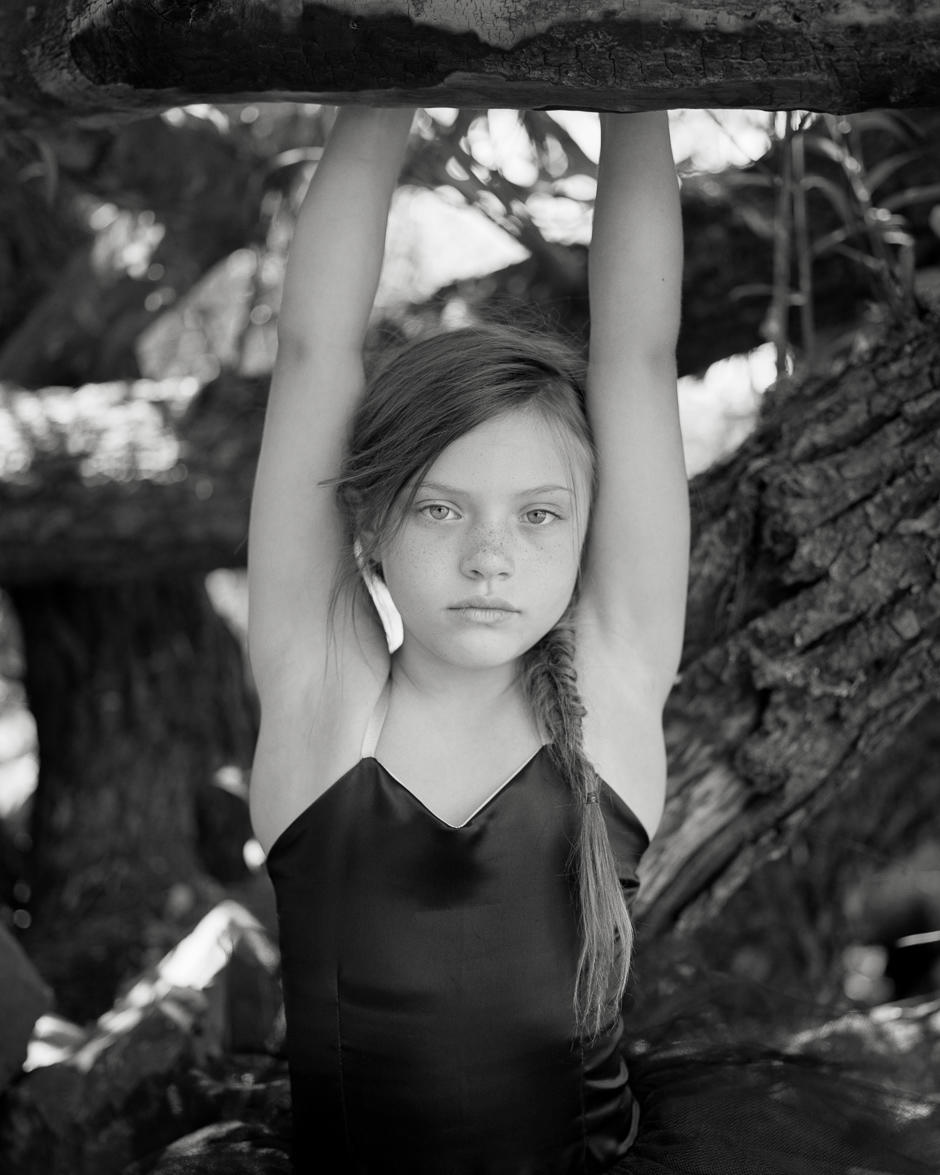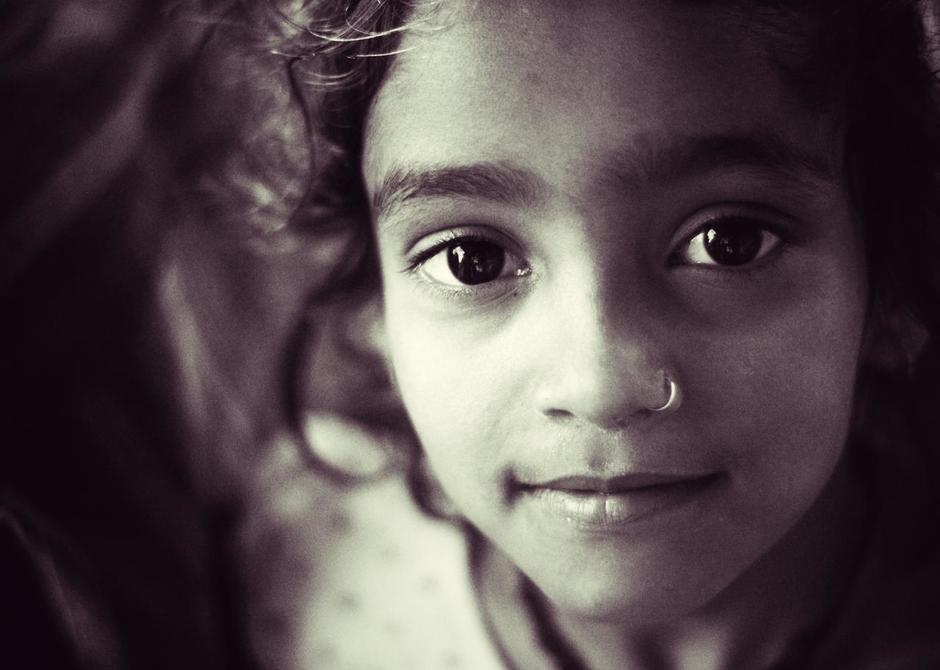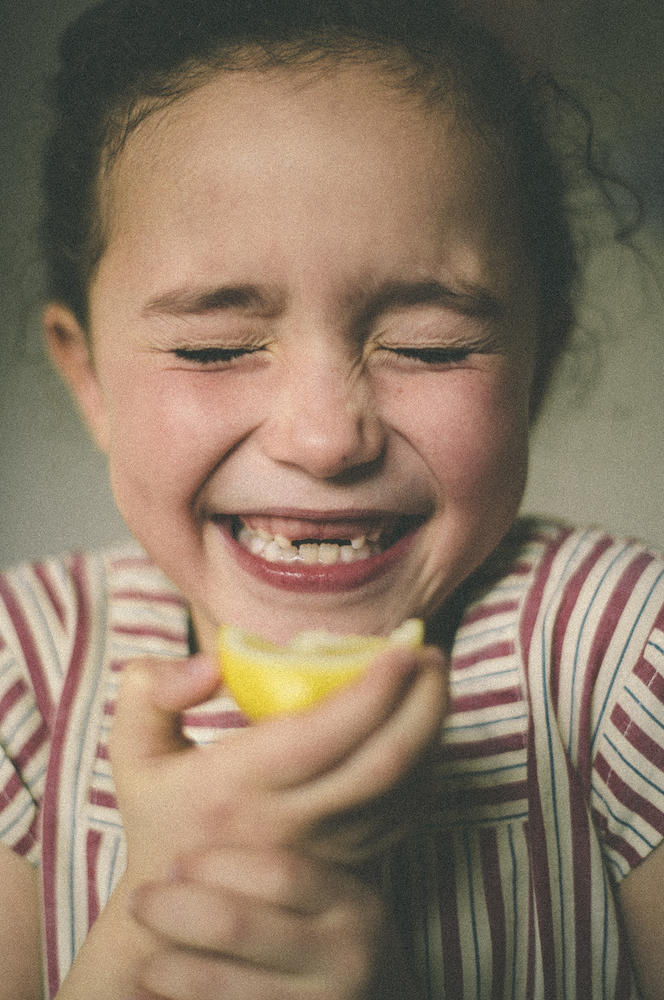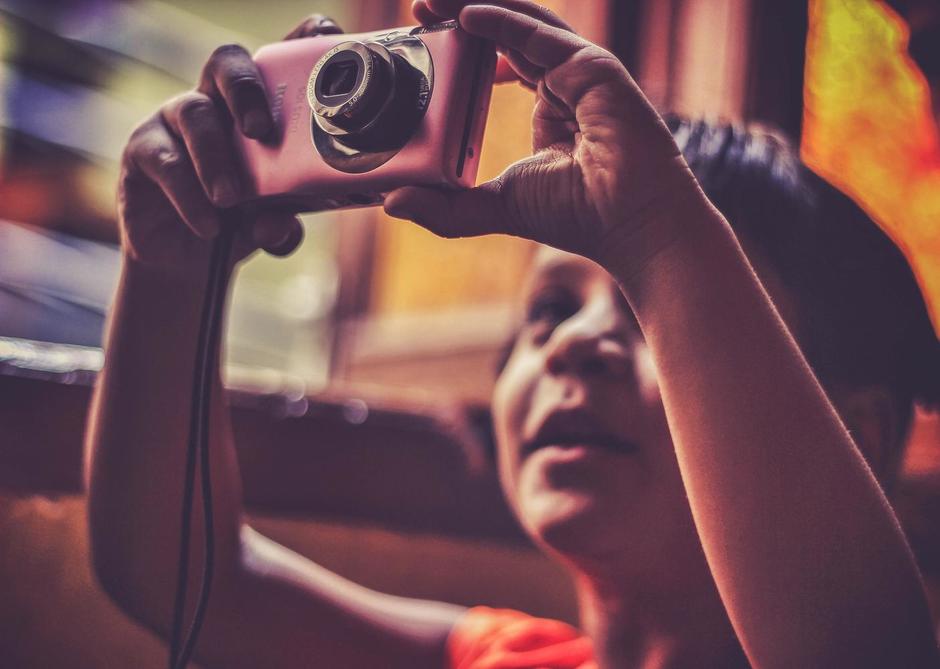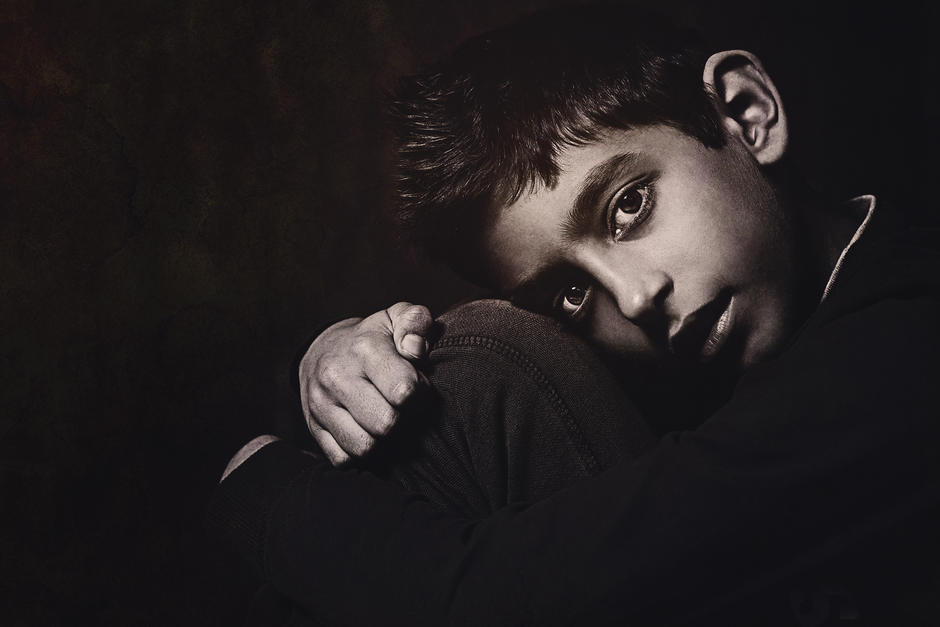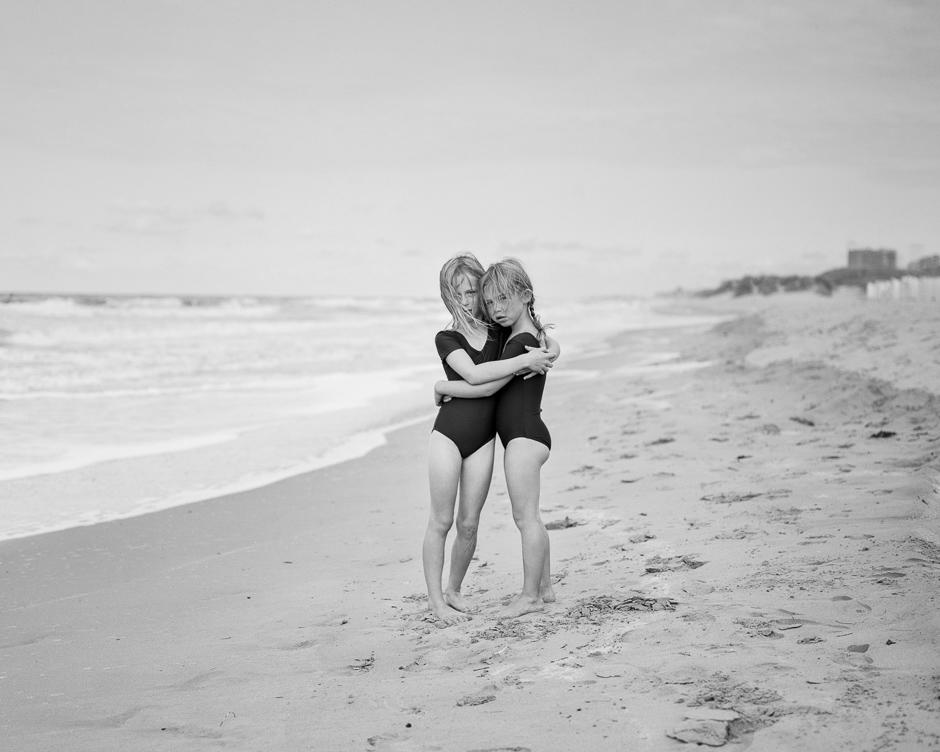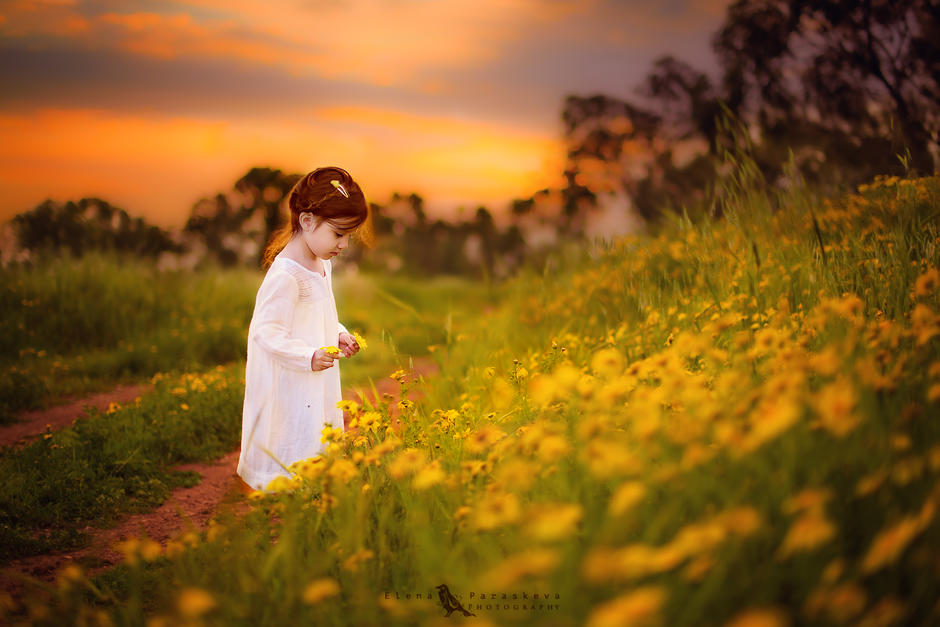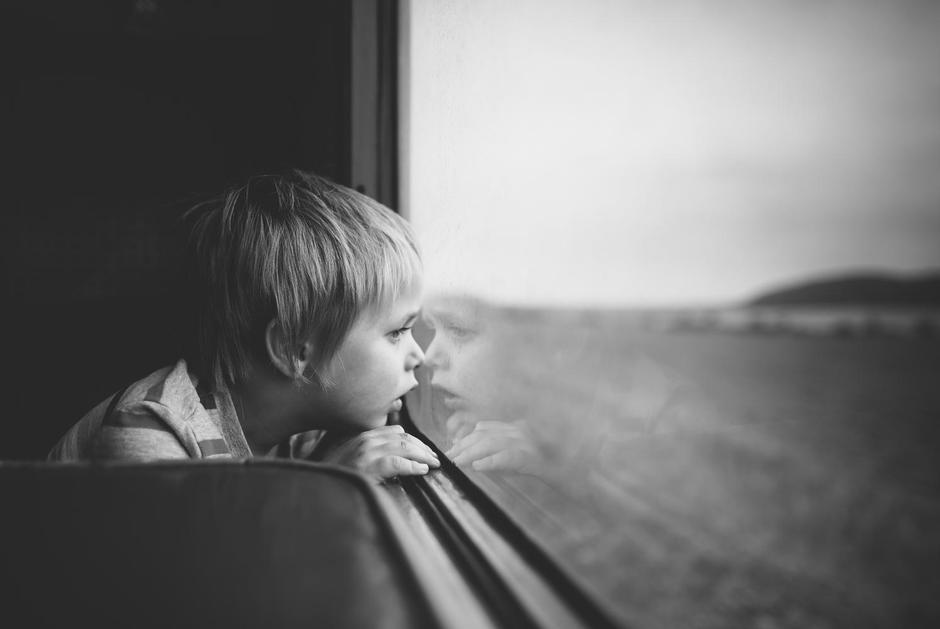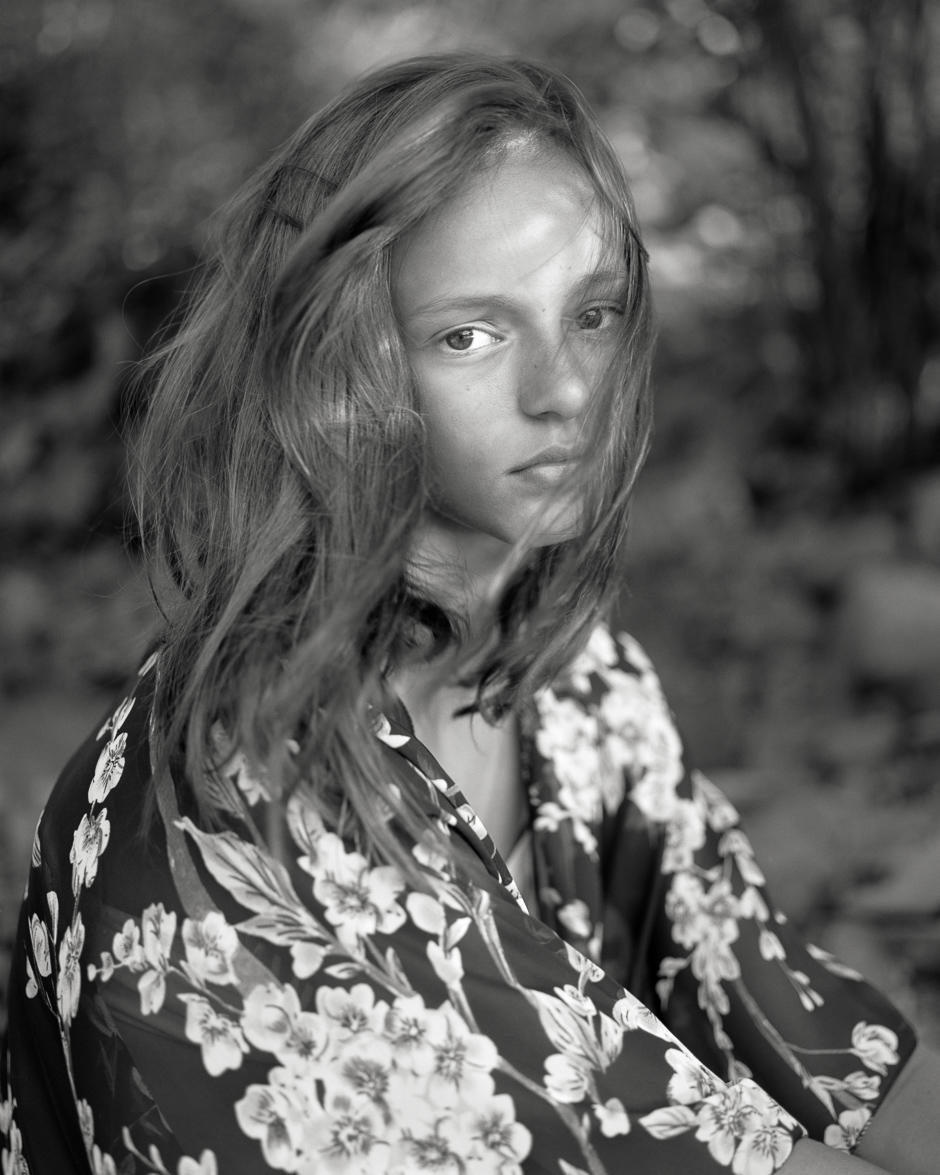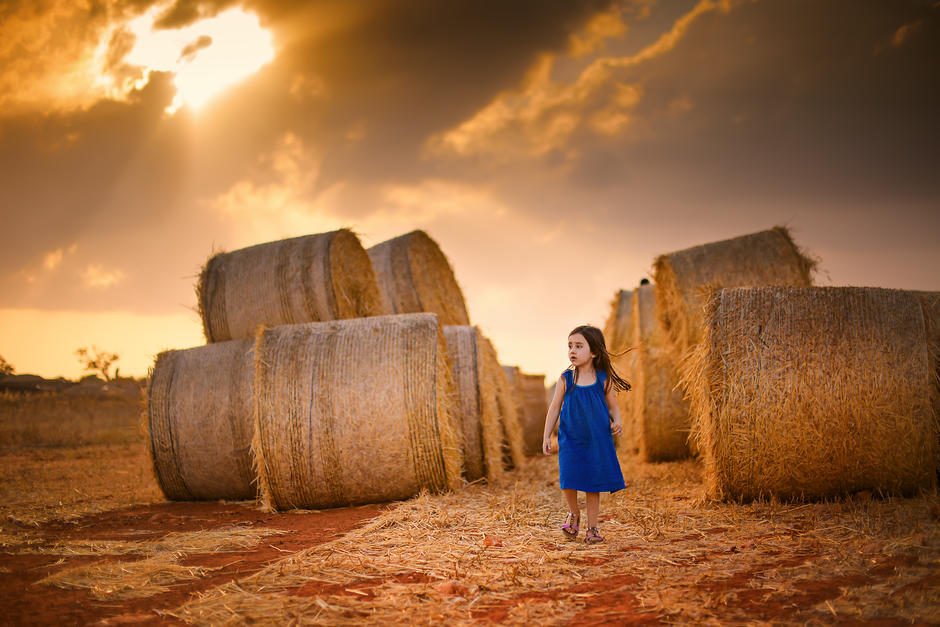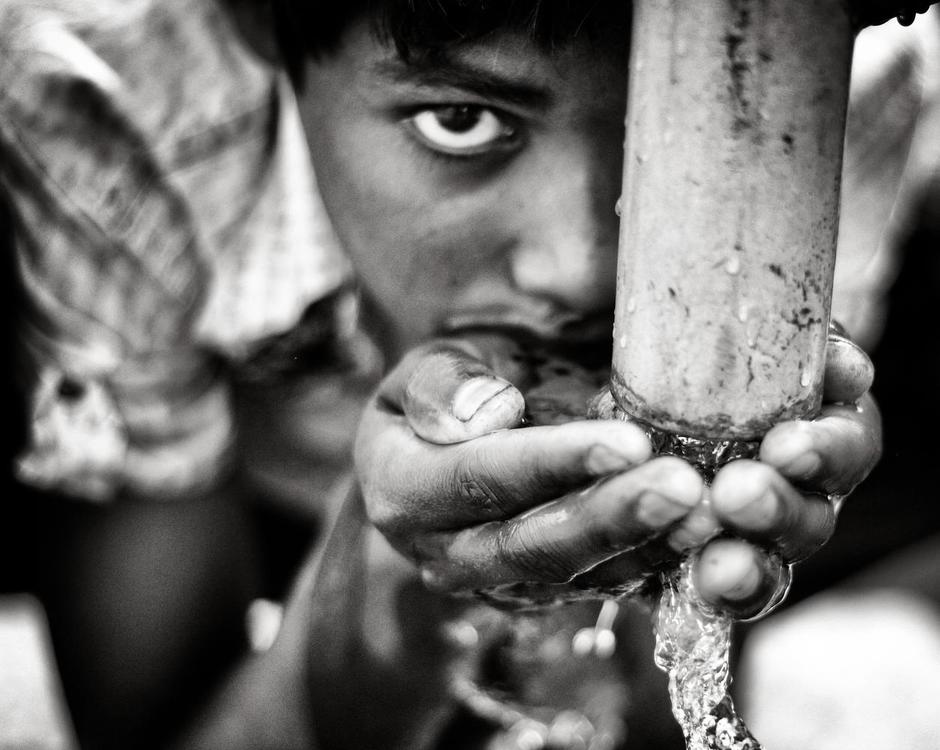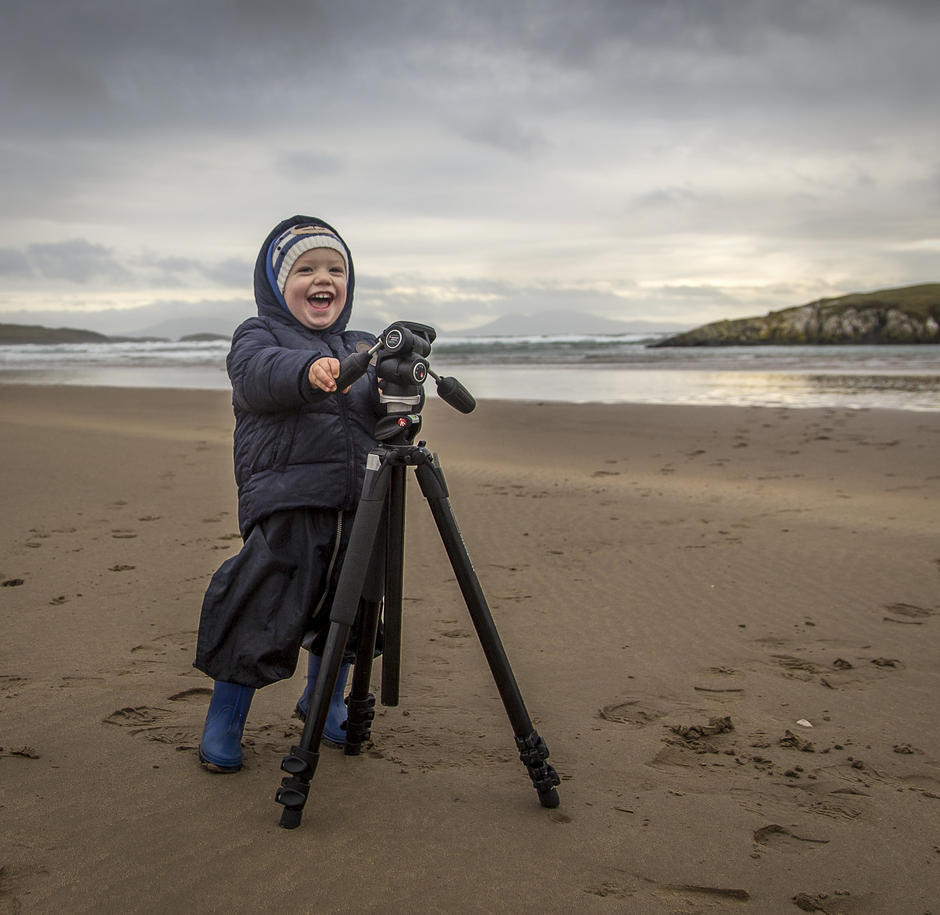Photographing children can be a joyful and rewarding process, but it’s also uniquely challenging. Whether you’re looking to launch a career in portraiture or just want to capture moments with your own family, there’s a lot to think about when it comes to photographing kids – so we asked three of the top child photographers on Photocrowd to share their advice.
Read on for their top 12 tips for great child photography…
1. Shoot them as they are (not how you want them to be)
The beauty of shooting children is capturing them as they are, and the best shots are often impromptu.
“Adults tend to project what they want you to believe they are. Children are always honest and are comfortable with themselves. They lack that self-consciousness we seem to develop as adults,” says Ryan Mills.
Hardik Gaurav agrees: “Children don’t usually fake their emotions, which makes their portraits stand out.” Look for opportunities to capture this, he says. “The photographer needs to be ready for candid moments, as children are best photographed when they are smiling, laughing, or playing in their natural environment.”
2. Throw out the pose guide
Ryan recommends going with the flow: “Throw your ‘pose guide’ out the window and let them be who they are. If they aren’t getting your idea, just move on to something else. And if you set up a shot, always shoot it, even if it’s not perfect – otherwise the child may think they’re making a mistake and tense up in later shots.”
3. Speak their language
“The single most important thing is having a rapport with the child,” Ryan says.
This means engaging with the child, asking for and using their ideas – and talking to them, which can be more difficult than it sounds: “Talking with kids is the one thing I see new photographers try and fail at. Never talk at them or down to them. Talk about real things – don’t fall into the ‘so how is school?’ trap. Ask what they like to do, learn about them.”
Elena Paraskeva echoes Ryan’s sentiments: “When I first meet a family at their home,” she says, “I ask the child to take me to their bedroom and show me his or her favourite toys and books and we spend some time talking about them. That way I get a sense of what they enjoy and I can use it to talk to them while I’m shooting them. I also use that in the images I create – I try to incorporate who they really are into the final product.”
4. Sometimes a little silliness goes a long way
“When I photograph children,” Elena says, “I also become a bit of a kid, letting loose, joking and goofing around. I try to make them laugh by singing songs, or I dance for them. If I want them to look at me, but not really pose, I tell them a story while I’m clicking away.”
5. Get down on their level
It sounds obvious, but remember that you’re likely to be much taller than your subjects. Don’t spend all your time looking down on them: “When photographing adults you have to be very careful about how you pose them. With children you just want to get a genuine expression or a warm moment, so you can get as low to the ground as possible to create an image that feels more connected with the child,” says Elena.
6. Don’t tire them out
“Unless I’m working with a professional child model my shoots are never longer than an hour,” Ryan says. “I’m always watching for the signs they are done – pushing a child beyond that point doesn’t benefit anybody.”
In other words, time is precious when photographing children – so don’t waste it on your equipment, or looking at the back of your camera:
“You really have to know your gear inside and out and understand how to take a quality photo. You have to be able to shoot and move. You only get a short window when you’re photographing children. I travel very light so I can shoot quickly – my locations are ones where I don’t need reflectors or strobes so I can get as many unique shots in a short time frame as possible.”
7. Use natural light in a natural environment (for the most natural portraits)
Studios can be intimidating – “generally I recommend not using a studio unless it’s commercial work,” Ryan says. He suggests finding quiet outdoor locations where you know the light and shadows will be good.
“I always prefer natural light and a natural environment (at a park or at home), as I believe the raw emotions of children should be depicted in the raw light,” says Hardik.
Elena also uses natural light to create her signature style: “Most children don’t have the patience to sit still while you try to figure out your lighting setups, so forget about using speed lights or studio lights,” she says. “With children I almost always use natural light, and 99% of the time I photograph them at an outdoor location during the golden hours. Of course for moody black and whites it can be indoors and at any time during the day, but if you’re looking for the dreamy, ethereal look, that’s the only way to do it.”
8. Use wide apertures for maximum effect
“I don’t think I ever photographed a child using an aperture smaller than F2,” says Elena. “Unless you’re in an urban setting and that is part of the story, use as large of an aperture as possible. This combined with a lens of 85mm or longer and enough space between the child and the background can produce a dreamy effect.” Also, she says, “be ready to crank up your ISO to get to a speed of at least 1/160, because children will move a lot more than adults!”
Hardik: “Nothing captures children as well as a prime lens. Personally, I would prefer 50mm (1.8 or 1.4) and 85mm (1.8 or 1.4) and if you have good budget then you can also opt for 70-200mm, f 2.8 lenses from Canon or Nikon, which are capable of making the background buttery like a dream while your subject is pin-sharp, making it stand out.”
9. Practice with family and friends
If you want to start earning money from your child portraiture, be prepared to invest some time. “Put some years in and work with your friends’ kids,” advises Ryan. “You really have to learn how to speak and work with children, and that takes time.”
10. It’s a word of mouth business
Once you’ve started to build up your portfolio, harness the power of word of mouth.
As Elena points out, social media can be particularly useful: “A happy mother will always talk about the photos and show them to her friends. I always give the clients small jpeg files with my watermark on them ready to be posted on social media, no matter what kind of package they buy, and I encourage them to share the photos. And if possible get a few clients to give you written release to use their photos for your own promotion.”
11. Get permission
Remember that there are ethical considerations when photographing children – always be sensitive to them. Usually this means working with the child’s parents or guardians: “When I photograph children, one of the parents has to be present,” says Elena, “although I do insist they keep an eye on us from a distance so I can have the freedom to work with the child without distractions!”
This can get trickier if you’re out and about, taking impromptu shots, but you still need to be prudent. As Hardik says: “Everybody has their own sense of private space, so if you see a child you’d like to photograph, politely ask their guardian before you start shooting. And if you’re going to publish a photo of a child and you know that child’s guardian, you should inform them about it.”
12. And the number one piece of advice? Enjoy it!
Ryan: “Make everything fun. I talk about having a conversation with the children I photograph, but I’m always being a bit silly as well. No matter what I shoot that day I want them to go home with a smile on their face, excited to see the photos.”
Elena: “You have to genuinely love engaging with children to do this. Your number one objective is to make them have fun. Once they are enjoying themselves they will give you priceless moments.”
Hardik: “All you need to remember is to go with the flow and establish a friendly rapport. Feel the environment around the children, sense their emotions, then pick the right lens, compose your shot, and rest is going to be a smooth ride.”
Thanks so much to Ryan, Elena, and Hardik for their contributions! Check out more of their work for inspiration:
